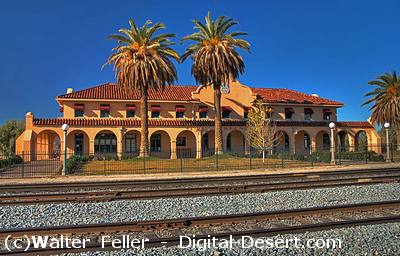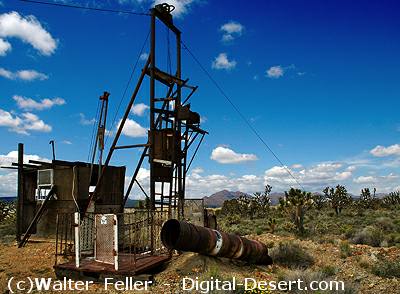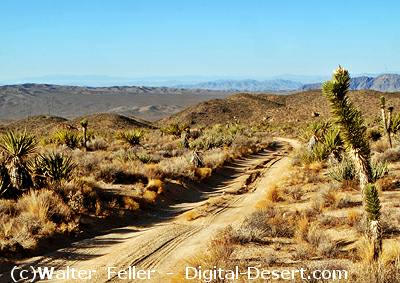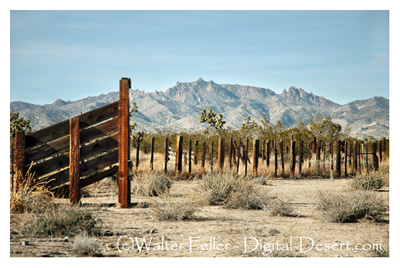History in the Mojave Preserve
The history of the eastern Mojave prior to systematic federal management is long and varied. Most of the challenges and opportunities
faced by Mojave National Preserve have their roots in the history of human habitation of the area. Likewise, many of the outstanding
resources and attractions, as well as the less attractive features of the park, are the result of human efforts. As such, understanding
the history of the eastern Mojave before systematic federal management is crucial to understanding the area afterward. -- Editor
-wallflower.jpg)
Original Lunch Counter building, Kelso, Ca. 1922
Individual perceptions of the eastern Mojave varied by cultural affiliation and the individual's potential for economic gain from the
area. Native Americans such as the Chemehuevi and the Mohave understood the area as a homeland and a transportation corridor. Early
Europeans and Euro-Americans viewed the desert as an unremittingly hostile place. Ranchers and miners envisioned economic opportunity
through resource extraction, while homesteaders imagined land ownership and yeoman freedom. Beginning in the nineteenth century and
continuing throughout the following century, railroads, power and pipeline companies, and migrants on Route 66 alike saw, in John
Steinbeck's words, a place that one must "get acrost." The U.S. Army looked at the Mojave as a facsimile of North Africa, suitable for
training, and Americans after World War II understood it as recreational space. The first threads of systematic management could be
found in the post-Taylor Grazing Act (1934) ranching operations, but comprehensive federal control did not happen until widespread,
destructive recreation forced the government to take action in the 1960s.
Source - National Park Service
Native Americans
About 11,000 years ago, the region's ecological zones were one thousand feet lower in elevation than today due to the cooler and wetter weather patterns of the waning Ice Age. ...The Military
Conflict between Native Americans and Euro-Americans was the catalyst for the establishment of a lasting federal legacy in the Mojave desert. The Mohave attacked ...Mining History
Mining activity played an important role in the history of the area that is now Mojave National Preserve. Geologists agree that mineralization is often associated with faults, ...Railroad History
Railroads transformed the United States throughout the nineteenth century, prompting development of industry throughout the country and providing conduits for development ...Ranching History
Grazing of non-native livestock has occurred on most of the land that is now the Mojave National Preserve at one time or another over the past 150 years. Livestock was present ...Homesteading
Much of the land in private hands throughout the West was originally owned by the federal government, and was distributed to private owners through one of several mechanisms ...History of Eastern Mojave & the Mojave Road



